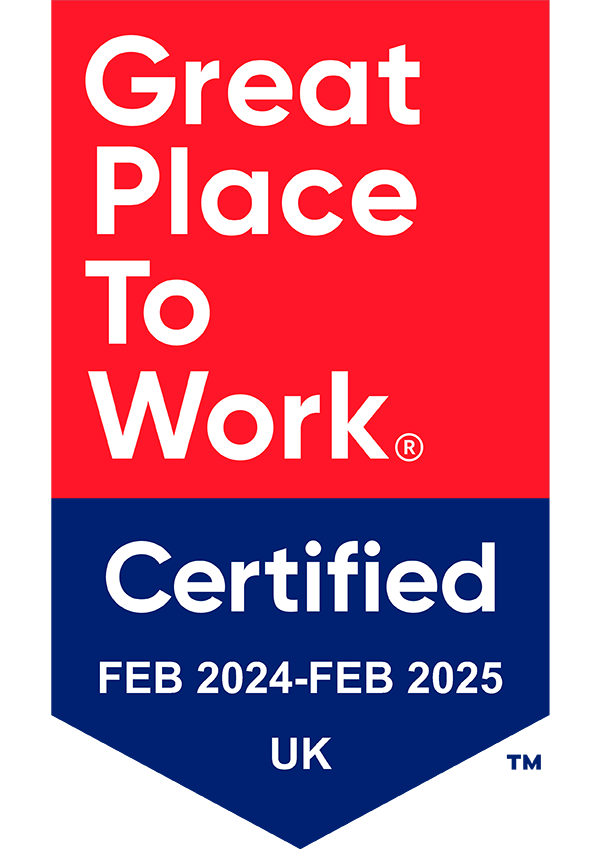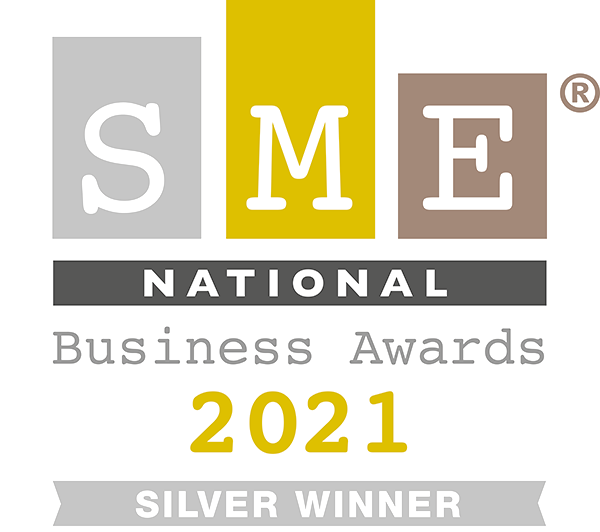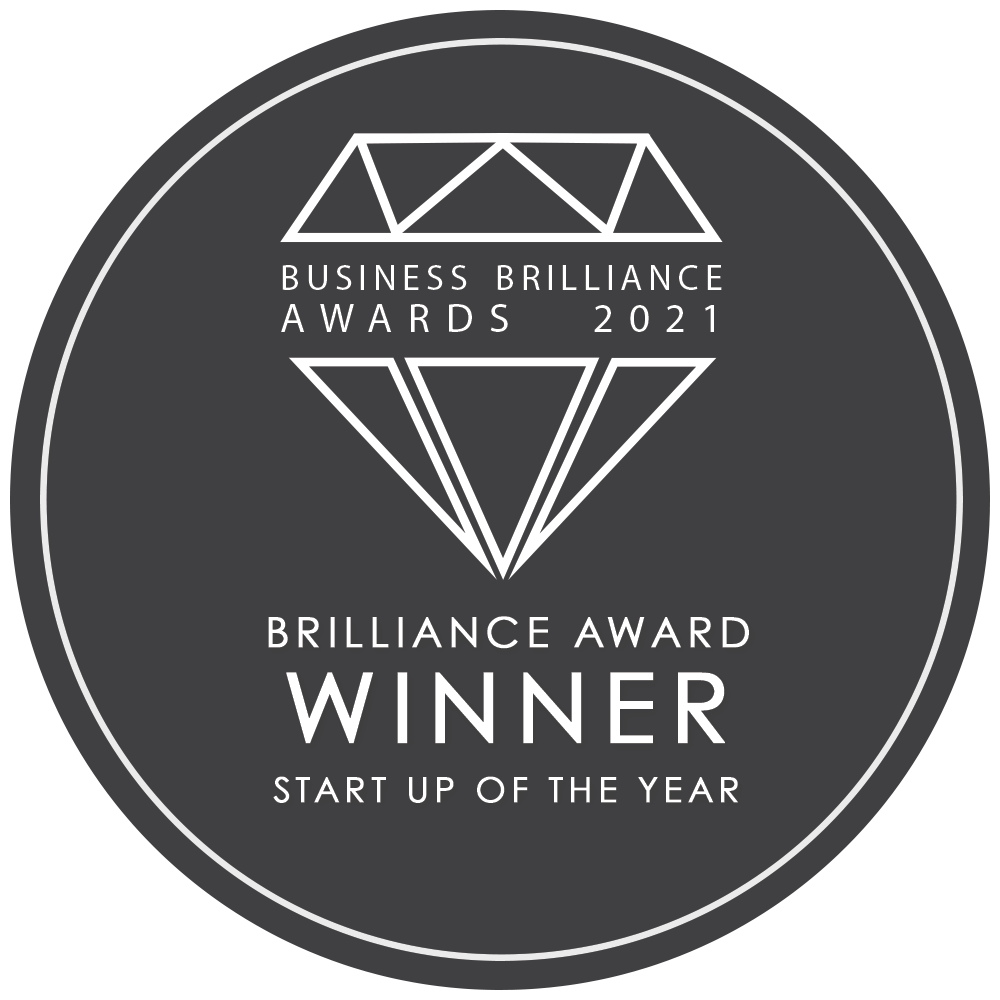SaaS lead generation, a cornerstone of building a thriving business, is pivotal for driving revenue growth and optimizing marketing strategies in the fast-evolving software as a service (SaaS) sector. Given the industry’s rapid growth and the increased demand for cloud computing services post-pandemic, understanding and implementing effective SaaS lead generation strategies has never been more crucial. This process involves not just attracting potential customers but also nurturing a diverse pipeline of prospects, including Sales-Qualified Leads, Marketing-Qualified Leads, and Product-Qualified Leads, to ensure long-term business success.

This blog aims to delve into the strategies for SaaS lead generation in 2024, covering essential techniques from defining your Ideal Customer Profile (ICP) and leveraging content marketing to utilizing SEO strategies. These strategies are carefully chosen to help you capture SaaS leads, optimize B2B lead generation, and refine your B2B lead generation strategies for sustainable, successful product growth.
Define Your Ideal Customer Profile (ICP)
Understanding the Ideal Customer Profile (ICP)
The Ideal Customer Profile (ICP) is fundamentally a detailed description of a company that would gain the most from a SaaS product, encompassing aspects like industry, company size, budget, and specific pain points. This profile is not just a mere target market or buyer persona, but rather a comprehensive picture of the type of enterprise that sales teams should focus on to maximize efficiency and return on investment.
Steps to Define Your ICP
- Collect Data: Begin by gathering quantitative data, qualitative insights, and predictive information about potential customers. This data collection should focus on firmographics, technographics, psychographics, and other relevant business characteristics.
- Detailing Attributes: Document as much detail as possible about the attributes of your ideal customer. This includes business situation, operating model, and available resources which help in tailoring marketing and sales strategies.
- Database Creation: Build a database categorizing this information into chosen attributes. This database will serve as a foundation for defining product positioning, documenting buyer personas, and prioritizing leads.
- Continuous Alignment: Regularly align your ICP with market conditions and data-driven insights to ensure it remains relevant and effective.
Utilizing ICP for Strategic Advantages
- Targeting and Conversion: ICPs assist in targeting companies and personas most likely to purchase the product, thus optimizing resource allocation and increasing conversion rates.
- Marketing Personalization: By understanding the detailed characteristics of an ICP, companies can personalize marketing efforts, which speeds up the sales cycle and increases customer lifetime value.
- Informing Product Development: Use insights from the ICP to inform product development and enhancements, ensuring that the product continuously meets the evolving needs of the target market.
Practical Tips for ICP Refinement
- Market Size Assessment: Evaluate whether the target market is sufficiently large to meet revenue goals, which is crucial for scaling business operations.
- Iterative Optimization: Refine the ICP by analyzing win/loss rates for each persona and adjusting strategies based on the reasons behind successes and failures.
- Documentation and Review: Keep a documented version of your ICP and review it periodically to adapt to changes in customer behaviour and market conditions.
By meticulously defining and continuously refining the Ideal Customer Profile, SaaS companies can enhance their lead generation efforts, tailor their marketing strategies, and ultimately drive significant business growth.

Leverage Content Marketing
Key Strategies for Effective SaaS Content Marketing
1. Develop a Robust Blogging Strategy
Creating high-quality, SEO-optimized blog posts is essential for driving organic traffic and establishing authority in the SaaS industry. Focus on addressing the pain points and challenges of your target audience with data-driven content that provides real solutions.
2. Utilize Gated Content and Lead Magnets
Offer valuable resources such as whitepapers, ebooks, or exclusive webinars in exchange for contact information. This strategy not only helps in lead generation but also builds a database of potential customers interested in your offerings.
3. Showcase Customer Success through Case Studies
Publish detailed case studies that highlight how your SaaS product has solved specific problems. This approach not only demonstrates the effectiveness of your product but also builds trust with prospective clients.
4. Engage with Video Content
Incorporate video content into your strategy, optimizing for SEO by carefully crafting titles, descriptions, and tags. Host these videos on platforms like YouTube to boost visibility and engage a broader audience.
5. Host Webinars and Live Events
Organize webinars and other live events to interact directly with your target audience. This format is excellent for demonstrating your product’s capabilities in real time and answering any questions potential customers might have.
6. Leverage User-Generated Content
Encourage your users to share their experiences and stories. This content not only adds authenticity to your brand but also enhances engagement with your community.
7. Implement a Content Syndication Strategy
Distribute your content across various channels and platforms to reach a wider audience. This strategy helps amplify your reach and attract more leads.
8. Optimize Content for Mobile Users
Ensure that all your content, especially landing pages and lead generation forms, is optimized for mobile devices. With increasing mobile usage, this step is crucial for capturing leads effectively.
9. Build a Community Around Your Brand
Engage with your audience consistently and foster a community around your brand. This engagement can lead to higher retention rates and transform customers into brand advocates.
10. Continuous Content Optimization and Experimentation
Regularly assess the performance of your content and experiment with new formats and strategies. This iterative process helps in refining your approach and enhancing the effectiveness of your content marketing efforts.
By implementing these strategies, SaaS companies can leverage content marketing to generate leads and establish a strong brand presence and build lasting relationships with their customers.

Optimize Your Website for Conversion
Key Components of the Conversion Process
- Landing Page Optimization: Focus on creating a landing page that effectively sells the next step in the user journey. This involves clear value propositions, engaging CTAs, and a seamless “Thank You” experience to guide users successfully to the next stage.
- Call to Action (CTA): Implement CTAs that are clear and compelling, urging visitors to take immediate action. These should be strategically placed to guide users through their journey without confusion.
- Optimized Action Steps: Ensure the processing action is straightforward and optimized, removing any unnecessary friction that could deter potential leads.
Essential Design and Performance Features
• Trust Indicators and Social Proof: Incorporate elements like testimonials, client logos, and security badges to build credibility and trust with your visitors.
• Page Load Speed and Mobile Optimization: Prioritize fast loading times and a mobile-friendly design to accommodate users from any device, enhancing overall user experience.
• Navigation and Accessibility: Design your website with clear, helpful navigation to help users find what they need quickly and easily.
Advanced Conversion Rate Optimization (CRO) Strategies
• A/B Testing and Personalization: Regularly test different elements of your website, from headlines to images, and personalize content to resonate with different segments of your audience.
• Retargeting Campaigns and UX/UI Enhancements: Implement retargeting campaigns to re-engage visitors and continuously improve the user interface and user experience based on user feedback.
• Security Enhancements: Invest in robust security measures to protect user data and enhance trustworthiness.

Interactive Elements and Content Strategies
• Product Tours and Documentation: Offer interactive product tours and keep your product documentation up-to-date to educate users and ease the learning curve.
• Dynamic Content and Community Building: Produce high-quality content that addresses user needs and fosters a community around your brand, encouraging engagement and loyalty.
Optimization and Testing for Continuous Improvement
• SEO and Brand Building: Follow the latest SEO best practices to increase visibility and strengthen your brand’s online presence.
• Analytics and Feedback: Monitor site performance through analytics and actively seek user feedback to iterate and improve your conversion strategies.
• Experimentation with Lead Capture: Test various lead capturing techniques, such as different form styles or gated content, to identify what works best for your target audience.
By integrating these strategies, SaaS companies can significantly enhance their website’s ability to convert visitors into leads and customers, thereby driving business growth and revenue.

Implement Email Marketing Campaigns
Email Marketing: A Multifaceted Strategy for SaaS Growth
Email marketing is a pivotal strategy for SaaS companies, serving multiple roles from lead nurturing to customer retention and community building, ultimately enhancing company valuation.
Crafting the Customer Journey
- Map the Customer Journey: Start by creating a detailed customer journey map. This helps in understanding various touchpoints and optimizing communication strategies.
- Develop Automated Email Sequences: Implement automated email sequences for new subscribers to ensure consistent engagement from the initial contact.
- Segmentation and Personalization: Use advanced tools like Clearbit for building audience segments, allowing for personalized emails that resonate with each segment of your audience.
Effective Email Campaign Strategies
• Conversational Tone: Emails should be written in a conversational tone to foster a more personal connection with the recipients.
• Diverse Email Types: Deploy a variety of emails including welcome emails, onboarding sequences, sales promotions, and newsletters to keep your audience engaged and informed.
• Behavioral Triggers: Identify and utilize behavioural triggers across different stages of the customer lifecycle to send timely and relevant emails.

Utilizing Proven Techniques and Tools
• Copywriting Formulas: Apply proven copywriting formulas and heuristics to craft compelling email content that drives action.
• Email Optimization: Ensure all emails are optimized for mobile devices to guarantee a good user experience on any device.
• Tools for Enhancement: Leverage top email marketing tools like MailerLite, ConvertKit, and HubSpot to streamline your email campaigns and enhance deliverability.
Advanced Tactics for Engagement and Conversion
- Referral Campaigns: Implement referral campaigns through NPS emails to transform satisfied customers into brand advocates, significantly lowering the cost per acquisition compared to traditional advertising.
- Conversion Focus: Prioritize understanding and optimizing conversions at each step of the customer journey, especially at points with high drop-off rates.
- Continuous Testing: Never settle for one version of your email; continuously test different subject lines, email copies, designs, and CTAs to find the most effective combination.
Metrics and Analytics for Email Success
- Open Rates and Engagement: Monitor key performance indicators such as open rates, which typically average around 21% for SaaS industries, to gauge the effectiveness of your email strategies.
- Micro-Conversions: Track micro-conversions like blog visits, social media follows, and webinar sign-ups to measure engagement beyond direct sales.
By implementing these strategies, SaaS companies can effectively use email marketing not only to enhance lead generation and conversion but also to build a strong, engaged community around their brand.

Analyze and Optimize Your Strategies
1. Continuous Optimization of Lead Generation Strategies
- Continuously monitor and analyze the effectiveness of your lead generation strategies using tools like Google Analytics and Google Search Console. This will help you understand what’s working and what isn’t, allowing for data-driven adjustments.
- Regularly assess the performance of different strategies to identify areas for improvement such as keyword performance, traffic sources, and user engagement.
2. Refinement Based on Data
- Utilize performance data and insights to continuously refine your lead generation strategies. This involves making iterative changes based on measurable outcomes and feedback.
- Implement changes that focus on enhancing areas that show potential for higher conversion rates or better engagement with potential clients.
3. Utilizing Advanced Technologies
- Integrate advanced technologies such as AI, chatbots, and predictive analytics to enhance the precision and effectiveness of your lead generation efforts. These tools can help in creating high-quality leads by understanding and predicting customer behaviour more accurately.
- Experiment with generative AI tools for content generation, although it’s important to review and optimize their output as these technologies are still evolving.

Strategic Enhancements for SaaS Lead Generation
1. Adopt Account-Based Marketing (ABM)
- Focus on a select group of high-potential target accounts with ABM, which allows for more personalized and focused marketing efforts. This method helps in allocating resources more efficiently, potentially leading to higher conversion rates.
- Monitor and measure the success of ABM campaigns to fine-tune approaches and strategies for even better results.
2. Leverage Personalized Messaging
- Tailor your communications to address the specific pain points and needs of your prospects. This personalized approach can significantly increase the relevance and effectiveness of your messages.
- Continuously gather insights about your target audience to keep your messaging and positioning as relevant and impactful as possible.
3. Optimization Based on SMART Goals
- Define your lead generation goals using the SMART (Specific, Measurable, Achievable, Relevant, Time-bound) criteria to ensure they are clear and actionable.
- Regularly review these goals to ensure they align with evolving market conditions and business objectives, adjusting as necessary to stay on target.
4. Leveraging Partnerships and Outsourcing
- Consider partnerships or outsourcing certain aspects of your lead generation process to specialized companies like MyOutreach. This can help you tap into expert knowledge and technology, potentially accelerating your lead generation efforts and freeing up internal resources to focus on core business activities.
- Evaluate the effectiveness of these partnerships by monitoring key performance indicators and making adjustments to the collaboration as needed.

Key Considerations for Optimizing SaaS Lead Generation
| Consideration | Description | Impact on Strategy |
| Quality Over Quantity | Focus on generating high-quality leads rather than a high quantity of lower-quality leads. | Increases efficiency and ROI |
| Personalization and Trust | Build trust and credibility through personalized messaging and offers. | Enhances conversion rates |
| Continuous Strategy Refinement | Regularly update and refine strategies based on analytics and market feedback. | Keeps strategies effective and relevant |
By implementing these strategies and continuously analyzing their effectiveness, SaaS companies can optimize their lead generation processes, ensuring they remain competitive and responsive to market demands.
Conclusion
Throughout this exploration of SaaS lead generation strategies for 2024, we’ve navigated the essential pathways from meticulously defining the Ideal Customer Profile to harnessing the power of SEO, content marketing. Each strategy, thoroughly dissected, underscores the imperative to adapt to the digital buying journey and the evolving landscape of customer engagement. By focusing on these top strategies, SaaS businesses are equipped to drive remarkable growth, optimize marketing efforts, and build a robust pipeline of qualified leads, ensuring long-term success in the dynamically competitive SaaS marketplace.
As we peer into the future of SaaS lead generation, the amalgamation of these strategies with emerging technologies and personalized approaches will be pivotal. The significance of these strategies extends beyond mere lead acquisition; they are foundational to fostering enduring customer relationships, enhancing user experience, and propelling revenue growth. SaaS companies that continuously refine and optimize their lead generation tactics in alignment with these insights will not only remain relevant but thrive in the rapidly advancing digital ecosystem.
Contact us today and get a free media strategy for your next lead generation campaign.











